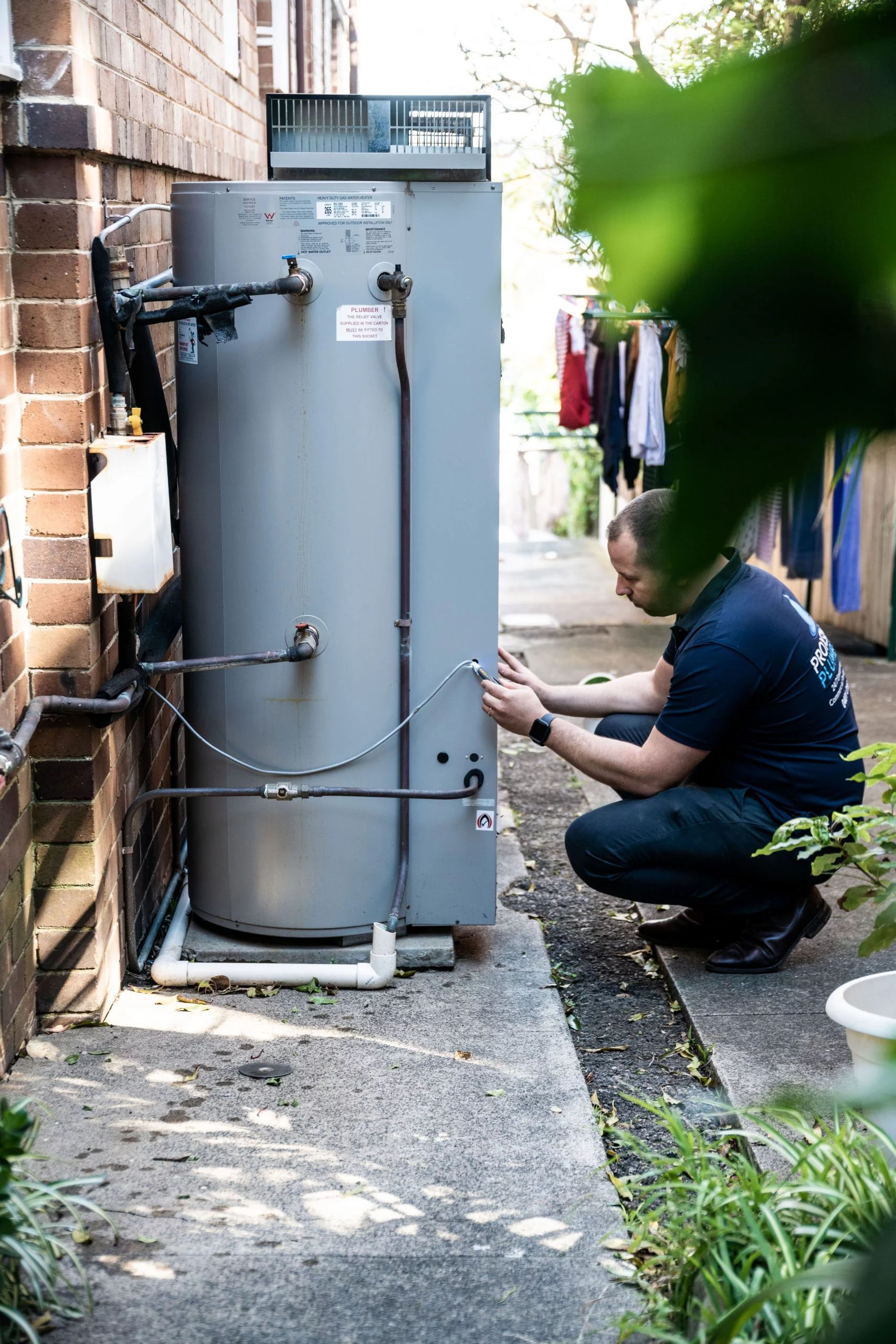Easy Steps to Caring for Your Home's Hot Water SystemEasy Ways to Maintain Your Home's Hot Water System Properly
InformationPresented here on the next paragraphs you will discover a lot of professional expertise concerning Water Heater Maintenance Tips You Can't Afford to Forget.

Hot water is essential for everyday comfort, whether it's for a refreshing shower or cleaning dishes. To ensure your warm water system runs effectively and lasts longer, routine maintenance is vital. This post provides practical ideas and understandings on exactly how to keep your home's warm water system to prevent disturbances and expensive repair work.
Intro
Preserving your home's hot water system might seem overwhelming, but with a few easy steps, you can guarantee it runs efficiently for years to find. This guide covers every little thing from understanding your hot water system to DIY upkeep suggestions and knowing when to employ specialist aid.
Importance of Keeping Your Warm Water System
Regular maintenance not just expands the life-span of your warm water system however also guarantees it runs effectively. Overlooking maintenance can lead to lowered performance, higher energy bills, and even premature failure of the system.
Signs Your Warm Water System Needs Maintenance
Knowing when your hot water system needs focus can protect against significant concerns. Watch out for indicators such as irregular water temperature, unusual sounds from the heating unit, or rusty water.
Recognizing Your Hot Water System
Prior to diving into upkeep tasks, it's helpful to recognize the fundamental components of your warm water system. Typically, this consists of the hot water heater itself, pipes, anode rods, and temperature controls.
Month-to-month Upkeep Tasks
Routine monthly checks can help capture minor issues prior to they rise.
Purging the Hot Water Heater
Flushing your water heater gets rid of debris accumulation, improving efficiency and lengthening its life.
Checking and Replacing Anode Rods
Anode poles stop corrosion inside the container. Checking and replacing them when worn is essential.
Examining and Readjusting Temperature Setups
Changing the temperature setups ensures ideal performance and security.
Do It Yourself Tips for Upkeep
You can perform a number of maintenance jobs on your own to maintain your warm water system in top problem.
Looking for Leaks
Routinely evaluate pipes and links for leaks, as these can bring about water damage and higher costs.
Examining Pressure Alleviation Valves
Evaluating the pressure safety valve ensures it operates appropriately and stops excessive stress accumulation.
Insulating Pipelines
Insulating warm water pipes reduces warmth loss and can save power.
When to Call a Professional
While do it yourself maintenance is valuable, some issues call for expert knowledge.
Complex Problems Requiring Expert Help
Instances include major leaks, electric problems, or if your water heater is constantly underperforming.
Routine Specialist Maintenance Advantages
Professional maintenance can consist of complete assessments, tune-ups, and making certain conformity with safety and security standards.
Final thought
Regular upkeep of your home's warm water system is essential for performance, long life, and expense savings. By adhering to these suggestions and understanding when to look for professional assistance, you can make sure a reliable supply of hot water without unanticipated disruptions.
How to Maintain an Instant Hot Water Heater
Before tinkering with your hot water heater, make sure that it’s not powered on. You also have to turn off the main circuit breaker and shut off the main gas line to prevent accidents. Also turn off the water valves connected to your unit to prevent water from flowing into and out of the appliance. 2. When you’re done, you have to detach the purge valves’ caps. These look like the letter “T” and are situated on either side of the water valves. Doing so will release any pressure that has accumulated inside the valves while at the same time avoid hot water from shooting out and burning your skin. 3. When the purge valves’ caps are removed, you have to connect your hosing lines to the valves. Your unit should have come with three hoses but if it didn’t, you can purchase these things from any hardware or home repair shops. You can also get them from retail stores that sell water heating systems. Read the user’s manual and follow it to complete this task properly. When the hosing lines are connected, open the purge port’s valves. 4. You should never use harsh chemical cleaners or solutions when cleaning your unit. Make use of white vinegar instead. It should be undiluted and you’ll probably use about 2 gallons. 5. Now flush your water heater. This task should probably take about 40 minutes. We can’t give you specific directions for this because the procedure is carried out depending on the type, model and brand of your heater. With that being said, refer to the user’s manual. 6. When you’re done draining the unit, you have to turn off the purge port valves again. Remove the hosing lines that you earlier installed on each of the water valves. Put the valve caps (purge port) back in their respective places and be very careful so as not to damage the rubber discs that are found inside these caps. 7. Now that everything’s back in place, check your user’s manual again to find out how to reactivate your water heating system. 8. Once it is working, turn one of your hot water faucets on just to let air pass through the heater’s water supply pipes. Leave the tap on until water flows smoothly out of it. https://www.orrplumbing.com/blog/2014/september/how-to-maintain-an-instant-hot-water-heater/

I was introduced to that write-up about How to Maintain Your Water Heater & Prolong its Life through an acquaintance on another domain. Sharing is good. Helping people is fun. Thank you for your time. Revisit us soon.
Click Here!